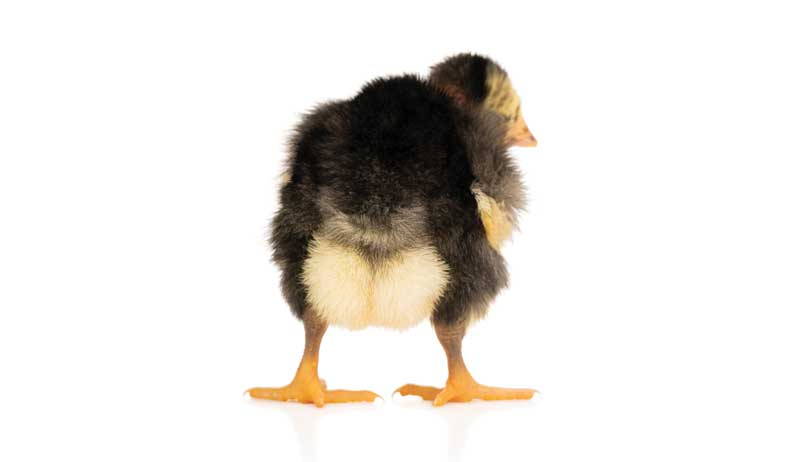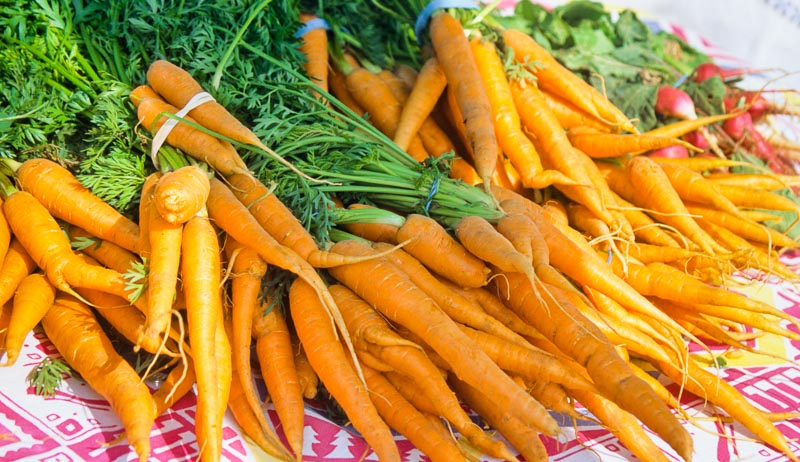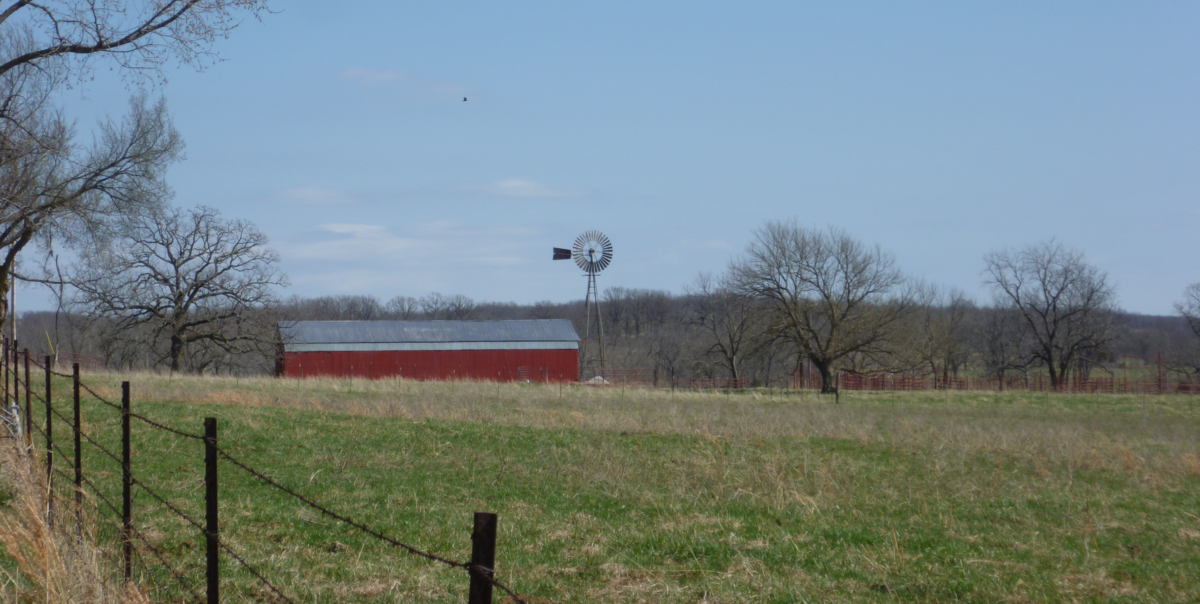Shotguns are popular firearms used for hunting a wide variety of game, including birds, rabbits, squirrels, and larger animals like deer and bear. One of the key factors to consider when choosing a shotgun for hunting is the gauge, which refers to the diameter of the gun’s barrel. The most common shotgun gauges are 12-gauge, 20-gauge, and 410-gauge, but there are several others as well, including 16-gauge and 28-gauge.
I have a strong affinity for smaller-gauge shotguns, having used both 20 and 28-gauges for hunting quail, partridge, grouse, and doves throughout the years. These guns provide a fun and effective alternative to their larger counterparts.
While I also have a soft spot for the .410, I believe it is best used for clay shooting rather than hunting. I have used a 16-gauge for upland bird hunting and find it to be satisfactory, but it does have some drawbacks, which I’ll discuss later.
On the other end of the spectrum is the 10-gauge, which I consider to be a specialized weapon with limited hunting potential, similar to the .410. Finally, the 12-gauge is the most popular of all the gauges and offers the most versatility in terms of hunting capabilities, although it may not always be the ideal choice.
It’s essential for hunters to recognize that there is no perfect shotgun gauge for every situation. Each option has its own set of pros and cons that should be carefully considered before making a decision. Let’s delve deeper into each of these gauges to examine their strengths and weaknesses.
The little .410
Many shooters may not realize that the little .410 is not technically a “gauge” at all, but rather a “410 bore” – a name that accurately reflects its bore diameter of 0.410 inches. In contrast, all other shotgun gauges are measured differently.
The number associated with each gauge is determined by the number of round lead balls of that gauge’s bore diameter required to make one pound. For example, it takes 12 lead balls measuring 0.725 inches in diameter to weigh one pound, which corresponds to the 12-gauge.
Initially, .410 shotshells were only 2 inches in length, but today, 2.5- and 3-inch shells are standard. These shells contain shot charges ranging from about 1/2-ounce in the 2.5-inch shells to about 11/16-ounce in the 3-inch version.
While I enjoy shooting the .410 for clay targets, I do not consider it a viable option for bird hunting. It is not a good choice to start a young hunter on, as it may limit their ability to succeed and possibly cause them to lose interest in the activity. Instead, a much better option would be to start with a 20-gauge, using light loads that can be gradually increased as the young hunter grows in size and stamina.
The 28-Gauge (My Favorite)

When pursuing doves, grouse, quail, and partridge, I highly recommend utilizing a 28-bore shotgun due to…










